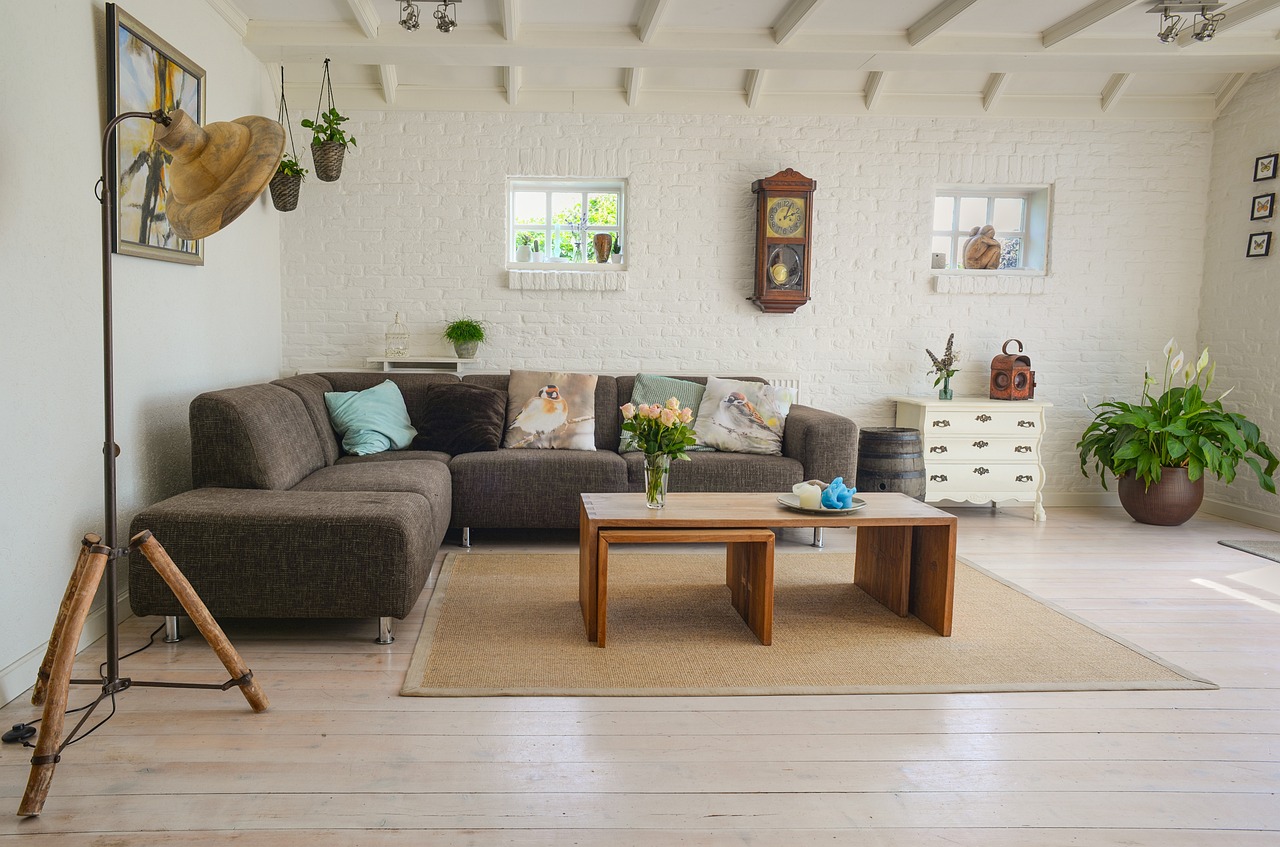Table of Contents
Selecting the perfect sofa can transform your living space into a cozy retreat. Our essential guide provides the knowledge you need to master the art of sofa selection.
• Understanding Your Needs and Lifestyle
The first step in choosing a sofa is understanding your specific needs and lifestyle. Consider how you use your living room: Is it a high-traffic area for family gatherings, a spot to unwind with a book, or a place to entertain guests? Your ideal sofa should complement these activities. For example, if you have a bustling household with children and pets, a durable, stain-resistant fabric and a sturdy frame are crucial. On the other hand, if you live alone and your primary goal is comfort, a plush, overstuffed sofa might be more suitable. Measure your space carefully to ensure the sofa fits well without overpowering the room. This primer on lifestyle and practicalities helps narrow down your options effectively.
• Exploring Sofa Styles and Design
The design of your sofa can set the tone for your entire living room. There are multiple styles to consider, each offering unique aesthetics and functionalities. Traditional sofas often feature rolled arms and skirted bases, perfect for creating a classic, elegant look. Modern sofas, with their clean lines and minimalistic approach, bring a contemporary vibe. For a blend of both, transitional sofas offer a balanced mixture of traditional and modern elements. Think also about the sofa’s profile: a low-profile sofa can make a room feel more spacious, while high backs offer support but take up more visual space. Consider arm styles, cushion setups, and leg choices. Each design element adds to the overall effect and can make your sofa stand out as a focal point or blend seamlessly with your décor.
• Choosing the Right Fabric
Fabric choice is critical, not just for aesthetics but for durability and maintenance. When selecting a fabric, think about how you use your sofa and the level of maintenance you’re willing to commit to. For homes with pets or children, performance fabrics that are stain-resistant and easy to clean are lifesavers. Cotton and linen offer a casual, comfortable look, but are often considered less durable. Leather or faux leather provides a chic, upscale appearance and is relatively easy to maintain, though it can be susceptible to scratches. Wool blends can offer a cozy feel but tend to be harder to clean. Always ask for fabric samples to test for color matching and feel. Understanding your fabric options ensures your new sofa not only looks good but also stands the test of time.
• Cushion and Seating Options
The comfort level of a sofa largely depends on its cushions and seating options. Consider the filling material: down-filled cushions provide a luxurious, sink-in feel but require regular fluffing to maintain shape. Foam cushions are firmer and offer more support, with high-density foam being the most durable. Additionally, there are sofas with spring-down cushions that combine the softness of down with the resilience of foam. Seat depth is another crucial element—shallower seats are better for sitting upright, while deeper seats allow for lounging. Evaluate the back cushions too: a loose pillow back offers a casual, relaxed feel, while a tight back cushion provides a more structured and neat appearance. Customizable cushion options let you tailor your comfort level, making sure your sofa meets your seating preferences perfectly.
• Understanding Frame and Construction Quality
A sofa’s durability starts with its frame. High-quality sofas typically have frames made from kiln-dried hardwood, which prevents warping and cracking. Avoid sofas with frames constructed from soft wood, particleboard, or metal as they are prone to breaking. Joint construction matters too; look for frames that have been glued, dowelled, and screwed together, as this will offer the most stability and longevity. In terms of the sofa’s base support, a good option is a sinuous spring system, which provides consistent support and comfort. Eight-way hand-tied springs are considered the gold standard, offering excellent support and durability, though often at a higher price. Examining these details ensures that your sofa is not just comfortable but built to last.
• Considering Color and Patterns
Color and pattern selection can dramatically influence the look and feel of your room. Neutral tones like beige, gray, and taupe are versatile and adapt well to changing décor over time. They also allow for flexibility with accent colors and furnishings. If you desire a bolder statement, opt for vibrant colors or striking patterns. Patterns can be particularly advantageous in hiding stains and wear. When integrating a patterned sofa, ensure it complements or contrasts pleasingly with your existing interior design elements. It’s also wise to think about your room’s lighting, as natural and artificial light can alter the perception of color. Bringing home color swatches or small sample sections can help visualize how the new sofa will look in your space, ensuring satisfactory color harmony.
• Budgeting and Investment
Investing in a quality sofa can be a significant expense, but it’s well worth it for the added comfort and longevity. Setting a budget beforehand helps manage your expectations and narrow down choices. Keep in mind that higher-priced sofas often come with better materials, craftsmanship, and warranties. When assessing cost, consider the sofa’s frame, fabric, and cushions, as these components directly affect price and durability. Also, factor in any additional costs such as delivery charges, fabric protection treatments, and potential maintenance. A quality sofa is an investment in your daily life, offering years of comfort and style. Evaluating overall value rather than just the initial cost can help guide you toward a purchase that you’ll find satisfying long-term.
